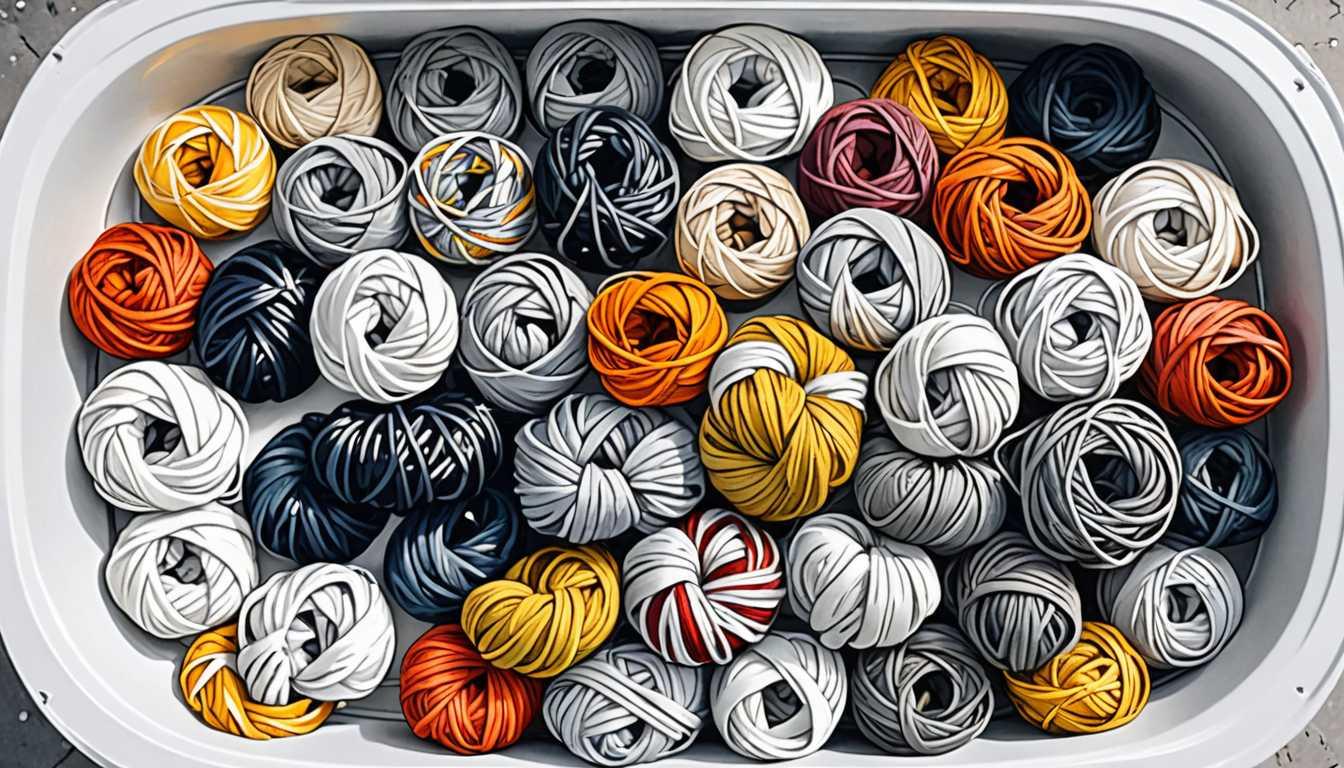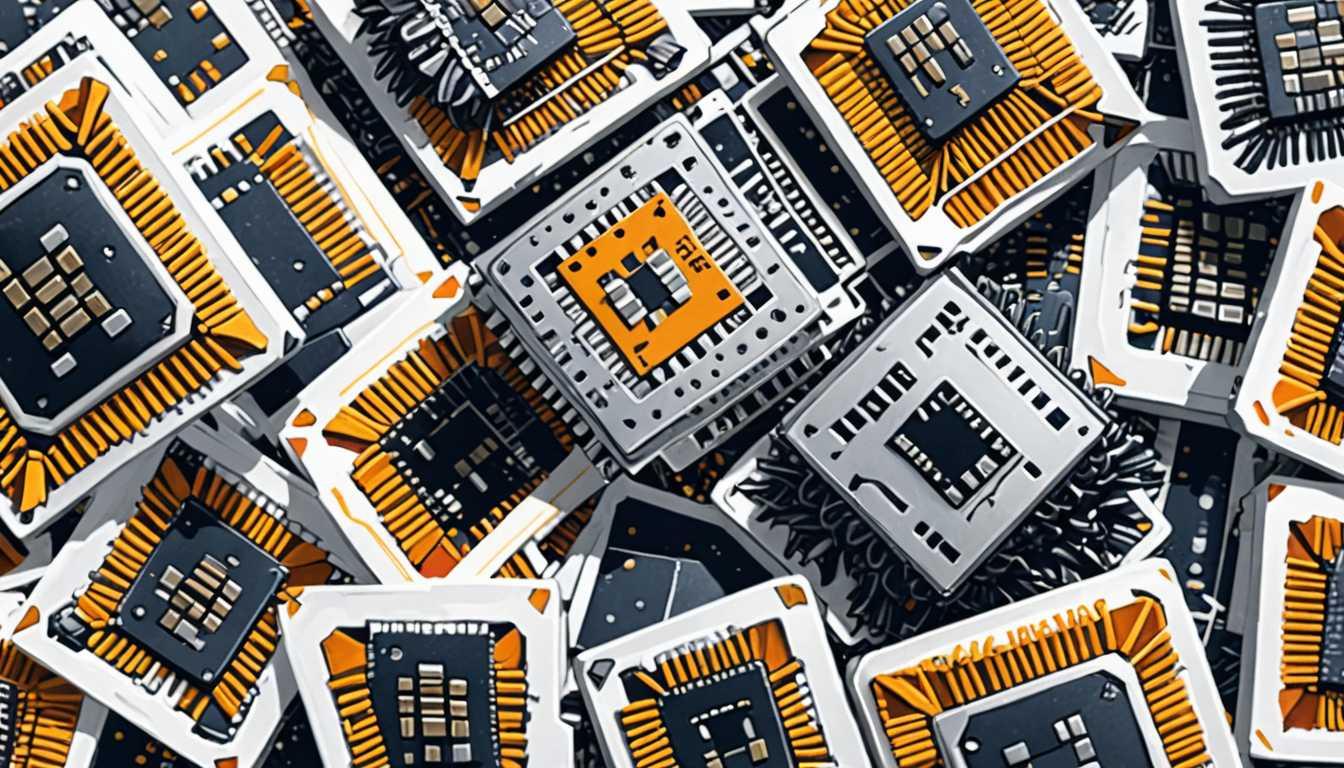Bacteria-Born Fashion Revolution
April 2024
Imperial College London
Introduction
Dive into the world of fashion innovation with Imperial College London's latest breakthrough: bacteria-grown, self-dyeing vegan leather! This cutting-edge research not only bids goodbye to animal and plastic-based materials but introduces a greener, cleaner way to sport your favorite black leather accessories. Fashion meets microbiology in this exciting venture, promising a sustainable future with vibrant, customizable colors and patterns. Ready to wear science on your sleeve?
READ FULL ARTICLEWhy It Matters
Discover how this topic shapes your world and future
Dressing Up the Future with Science
You might wonder why creating vegan leather from bacteria is a big deal. Imagine a world where fashion doesn't cost the earth—literally. Researchers at Imperial College London have developed a way to grow leather that dyes itself, using genetically modified bacteria. This breakthrough addresses major environmental issues like the toxic waste from traditional leather dyeing and the carbon footprint of livestock farming. For you, this means the shoes and wallets of the future could be eco-friendly and cool! Understanding this innovation helps us see how biology and technology can team up to solve real-world problems, making our planet a better place.
Speak like a Scholar
Synthetic Biology
The redesign of organisms for useful purposes by engineering them to have new abilities.
Sustainable Fashion
Creating clothing that uses environmentally friendly materials and processes to minimize negative impacts on the planet.
Microbial Cellulose
A natural material produced by bacteria that is strong, flexible, and can be used as an alternative to traditional fabrics.
Biodegradable
A material that can break down safely into natural substances in the environment without causing harm.
Genetic Modification
Altering the genetic material of an organism in a way that does not occur naturally, often to give the organism new traits.
Eumelanin
A type of natural pigment that is responsible for dark colors in human skin, hair, and the eyes, here used to dye leather black.
Independent Research Ideas
Comparative Study on Environmental Impact
Explore how traditional leather production's environmental impact stacks up against this new bacterial cellulose-based leather. This study could reveal significant pathways to more sustainable industrial practices.
Biodegradability Testing
Investigate how quickly and efficiently bacterial cellulose leather decomposes compared to plastic-based alternatives. This could highlight its viability as an eco-friendly material.
Consumer Acceptance Research
Conduct surveys or studies to understand consumer readiness to adopt bio-engineered fashion products. Insights could help tailor future designs to public tastes and concerns.
Color Variation Experimentation
Experiment with different genetic modifications to produce a variety of colors and patterns in bacterial cellulose. This could open up new aesthetic possibilities in fashion design.
Collaborative Impact Study
Analyze the outcomes of collaborations between scientists and fashion designers in developing new materials. This could provide a blueprint for successful interdisciplinary partnerships in other sectors.
Related Articles

Meet the Digital Forest Ranger!
October 2024
MIT Technology Review

Microbe Miracle: Future of Food
March 2024
Smithsonian Magazine

Yeast vs. Palm: Brewing a Revolution
June 2023
Massachusetts Institute of Technology (MIT)

Silk Yarn: Nature’s Way to Clean Water
November 2024
Cornell News Highlights

Turning E-Waste into Gold for Sustainability
January 2025
Cornell News Highlights